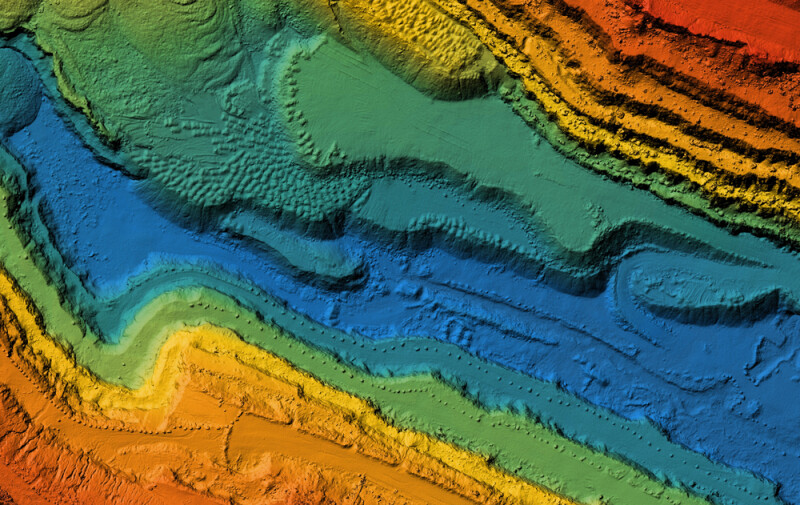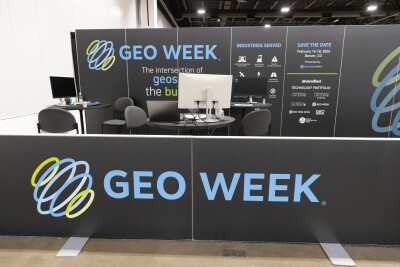The geospatial industry is a wide-ranging one, with technologies that are used all the way from the depths of our oceans and rivers, all the way to outer space. All of that comes together with incredible data processing innovations to provide us with immense amounts of knowledge about the world around us. In this biweekly look at the sector, we try to encompass as many corners of the industry as we possibly can. Today, we have stories looking at the present and future of surveying and mapping, the state of the Earth observation sector, and a new geospatial data management tool unveiled by IBM.
Find links to the full stories below.
The role of geospatial solutions, AI and talent acquisition in mapping tomorrow
Wim van Wegen | GIM International
We start out with a wide-ranging interview with Neil Churman, who serves as the president at Woolpert. Woolpert is, of course, one of the premier companies in the geospatial field, giving Churman a great perspective on where the industry is today and where it could be heading. This interview touches on a number of different topics, including some of the strategies for Woolpert to continue increasing their footprint in the industry, how the types of projects they’re taking on have changed over the years and some of the reasons why that’s been the case, and how AI could transform the sector over the next decade or two.
The EO Revolution is Yet to Hit Top Speed Despite its Obvious Potential
Mark Holmes | Via Satellite
For government – and in particular, defense and intelligence – use cases, satellite imagery has long been the backbone of a lot of geospatial work. More recently, though, as access to satellite data and launching satellites has become easier to come by, commercial operations have picked up, and Earth observation as an industry has been on a steady rise. Last month, the inaugural Earth Observation Summit was held in London, and this article looks at some of the takeaways experts and industry veterans had on the state of the market today and where it could be heading.
Revolutionizing geospatial data management
Romeo Kienzler & Thomas Brunschwiler | IBM Research
As noted at the top of this article, geospatial data comes in many forms from a number of different sources, which provides tremendous amounts of information but also produces huge data sets that can be challenging to manage. To that end, the IBM Research team recently released a new tool called TensorLakehouse (TLH), which they call a prototype tool that “integrates advanced techniques such as data federation, database indexing, stride-access optimized data layout, and AI-based query capabilities to streamline the analysis of geospatial data.” This article contains all of the information you need to do about the new tool.







